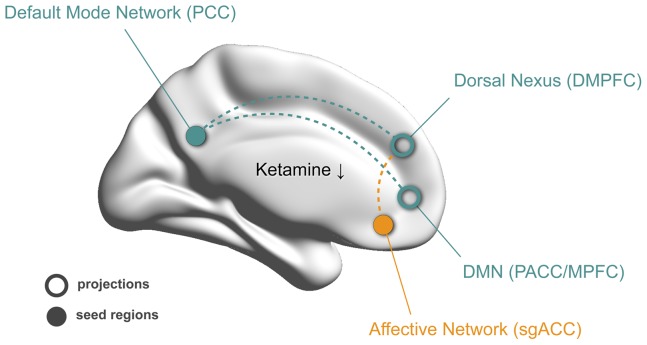Figure 6. Proposed hypothetical model of ketamine-associated changes in functional connectivity.
In the healthy human brain, a single antidepressant dose of ketamine reduces functional connectivity of the dorsal nexus (DN) to the Default Mode Network (DMN; green). The reduction in functional connectivity of the Affective Network (AN; orange) to the DN reached trend-level significance only (s. Fig. 4), possibly due to the absence of any pre-existing hyperconnectivity in healthy subjects. This action may serve as a model for the discovery of novel antidepressant biomechanisms in major depression where functional connectivity of the DMN and AN via the DN is increased. The solid circles correspond to seed regions in the posterior cingulate cortex (PCC; green) and subgenual anterior cingulate cortex (sgACC; orange). The correspondingly colored open circles and dotted lines represent regions with decreased connectivity with the respective seed regions after ketamine administration. This hypothetical model is based on results from previous rsfMRI studies in MDD patients and on data obtained in healthy subjects after ketamine administration and needs to be further verified in MDD patients receiving ketamine.

